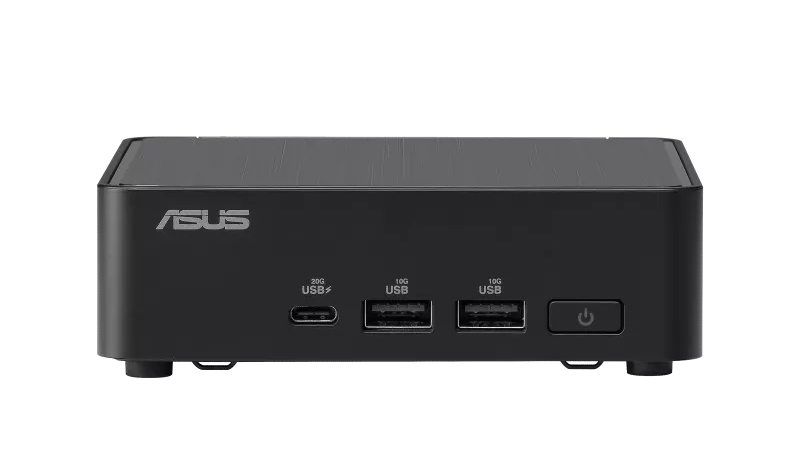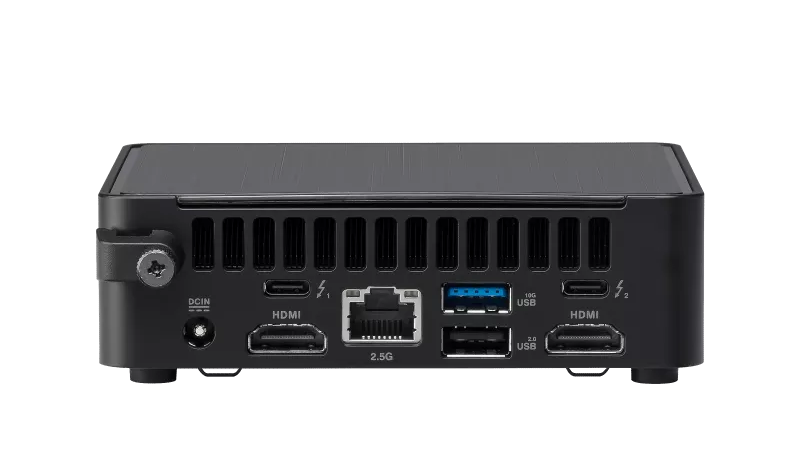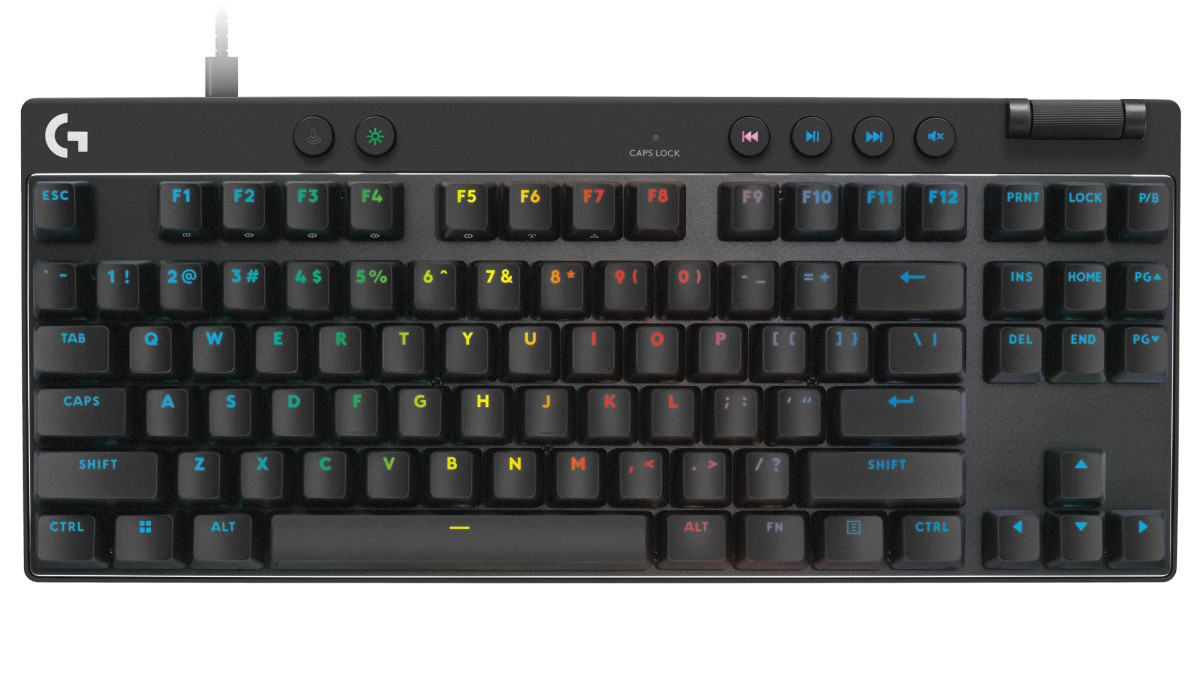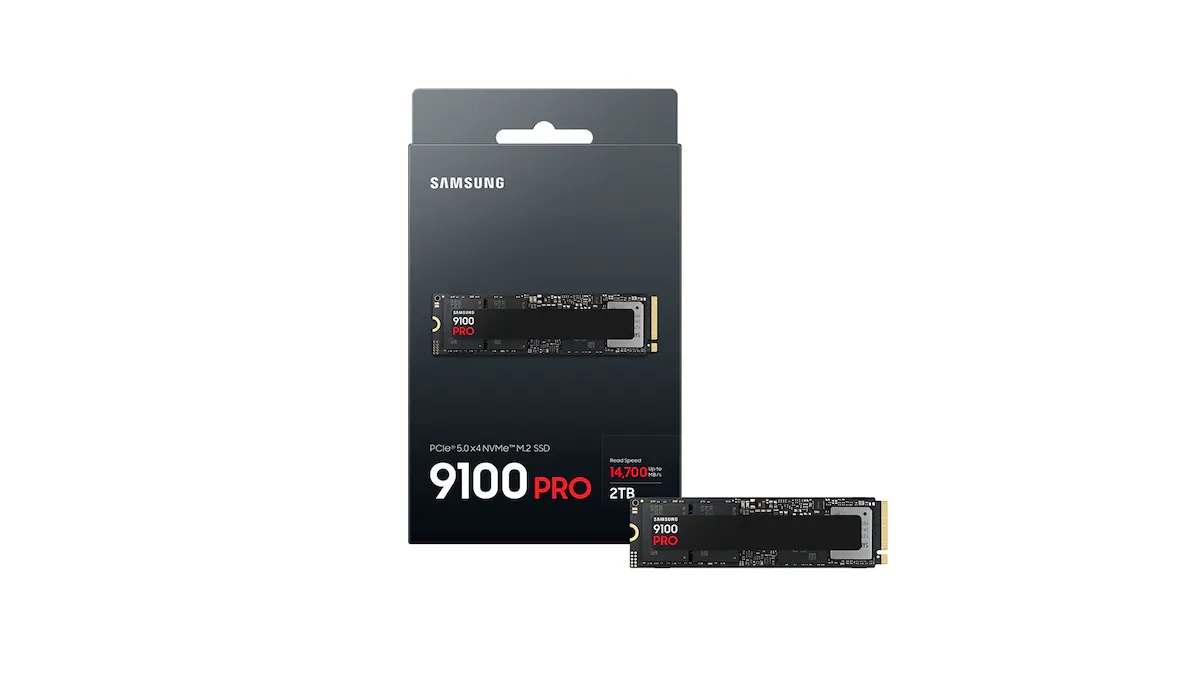Asus aims to take over Intel in the NUC market, but the NUC 14 Pro falls short. Although it includes Thunderbolt, it lacks other standout features. Furthermore, its high price makes it less appealing. At this cost, it should offer more.
Pros
- Ultra 7 processor
- ARC Graphics
- Thunderbolt ports
Cons
- Plastic case
- No audio jack
- No tool-free internal access
ASUS NUC 14 PRO: Quick Overview
When Intel stopped making NUCs with thirteenth-generation Core processors, Asus stepped in with the Asus NUC 14 Pro, featuring the new Core Ultra silicon.
This model comes in various configurations. The reviewed version has an Intel Core Ultra 7 165H processor, 16GB of DDR5 memory, and 512GB of NVMe storage.
Designed for flexibility, the memory and storage are easily upgradeable. There’s also an optional daughterboard to add more USB and LAN ports.
The NUC 14 Pro stands out as one of the few Core Ultra systems with pre-installed Thunderbolt, ideal for fast external storage access or system linking.
However, the plastic case and higher price compared to competitors are drawbacks.
With innovative products like the AtomMan X7 Ti offering more power and unique features, Asus might need to enhance the NUC 14 Pro and offer it at a more competitive price to attract customers.
ASUS NUC 14 PRO Review: Specs
| Item | Spec |
|---|---|
| CPU | Intel Core Ultra 7 processor 165H (16 cores, 22 Threads) |
| GPU | Intel ARC Graphics |
| RAM | 16GB DDR5-5600 (2800 MHz) (8GB x 2) Expandable to 96GB |
| Storage | 512TB M.2 2280 PCIe Gen 4 |
| Expansion | 1x M.2 2230 PCIe Gen 4, 1x SATA 2.5-inch drive (SSD or HDD) |
| Ports | 2x Thunderbolt 4.0 Type-C, 1x USB 3.2 Gen 2×2 Type-C, 3x USB 3.2 Gen 2 Type-A, 1x USB 2.0, 2x USB 2.0 Headers (internal) |
| Video ports | 2x HDMI 2.1 |
| Networking | 1x 2.5GbE LAN, WiFi 6E, Bluetooth 5.2 |
| OS | Windows 11 Pro (pre-installed) |
| Base Power | 45W-65W |
| PSU | 19V 6.32A 120.08W |
| Dimensions | 117 x 112 x 54(mm) |
ASUS NUC 14 PRO Review: Price
Finding the exact model we reviewed is tricky, as Asus hasn’t widely distributed it to retail channels yet.
Most online retailers stock the ‘Slim’ models with Core Ultra 5 processors. However, few have the ‘Tall’ design like our review model, the NUC14RVH.
The closest match is the ASUS NUC 14 Pro Tall Barebone Kit (RNUC14RVHU70000UI) at B&H Photo Video. It features the Ultra 7 155H processor and, as a barebones kit, lacks memory and storage, priced at $699.
A version with the Core Ultra 5 125H, 16GB of memory, and 512GB of storage is $869. This suggests that our reviewed model will likely be priced around $1,100 when available.
Considering the build quality, this is nearly double what some other brands charge for similar machines.
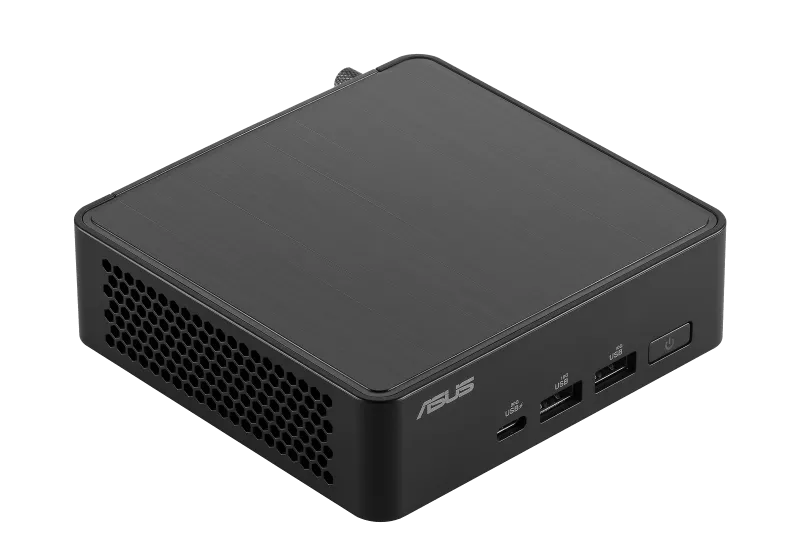
ASUS NUC 14 PRO Review: Design
The Asus NUC 14 Pro’s design is primarily plastic, lacking an audio jack and facing internal access issues.
Despite its high price, the plastic case is a disappointment, as metal was expected. Cooling is basic, with air drawn through side grills and expelled at the rear.
Front ports include two USB 3.2 Gen 2 Type-A and a single USB 3.2 Gen 2×2 USB-C, missing an audio jack.
The back features more USB ports, dual Thunderbolt 4.0, dual HDMI 2.1, and a 2.5GbE LAN port. However, certain essential ports require additional daughter cards.
Asus provides a power cable clip and accessories like a VESA mounting plate and 120W PSU. However, accessing internals isn’t tool-free as claimed, requiring a screwdriver. Inside, the ribbon cable for the floor plate is delicate and prone to damage.
While the RAM and NVMe drive is fine, the second NVMe slot only supports a smaller module without heatsink support, a disappointment compared to competitors.
In conclusion, the design falls short of expectations, especially considering the brand’s reputation.
ASUS NUC 14 PRO Review: Features
| Feature | Details |
|---|---|
| Processor | Intel Core Ultra 7 processor 165H |
| PCIe Lanes | 28 |
| Thunderbolt | Thunderbolt 4.0 |
The standout feature is the Intel Core Ultra 7 processor 165H, with 16 cores and 22 threads, akin to the Core Ultra 9 185H.
This CPU employs a triple-core-type design, comprising six performance cores, eight efficiency cores, and two low-power efficiency cores, totaling 16 cores. Only the performance cores support hyperthreading, enabling simultaneous processing of 22 threads.
With a 65W power cap, the system efficiently handles demands, including Thunderbolt and USB peripherals, thanks to the 120W PSU.
What sets this platform apart is its support for 28 PCIe lanes, ensuring adequate bandwidth for I/O without requiring additional electronic components.
The dual Thunderbolt 4 ports, each offering 40Gbit/s, facilitate high-speed connections for external storage, node-to-node connectivity, or extra displays.
Moreover, the Intel processor supports local AI processing with AI Boost technology, potentially becoming more relevant in the future.
Powered by the ARC Graphics GPU with eight Xe-cores, it’s a substantial upgrade over previous generations, rivaling AMD’s integrated graphics.
While supporting up to four monitors, ARC Graphics may not suffice for high-resolution multi-display gaming.
In essence, this platform caters to power users, effortlessly handling most office tasks.
ASUS NUC 14 PRO: Performance
To assess the NUC 14 Pro’s performance, we compared it to the Acemagic F2A and the GMKtec K8. The F2A features the lowest Core Ultra processor, Ultra 5 125H, while the K8 runs on an AMD Ryzen 7 8845HS.
There are two key findings from the comparison. First, ARC Graphics faces limitations with the Ultra 5, resulting in less impactful performance than expected. In 3Dmark tests, the Ultra 7 showed only a maximum 14% improvement over the Ultra 5 and even scored lower in FireStrike.
In GeekBench OpenCL and Vulkan tests, the ARC Graphics GPU was outperformed by the Radeon 780M, which is typically considered inferior.
The NUC 14 Pro excels in CineBench for both single and multi-core processing, as expected with its numerous cores and threads.
Additionally, Asus equipped the machine with a quality Samsung PM9A1a NVMe drive, boosting its drive performance above competitors using Kingston and Lexar drives.
However, the performance could have been better if Asus had provided an SKU with the 1TB or 2TB versions of this drive for review.
Considering Asus’s high price for this hardware, the results are decent but not remarkable. Both comparison machines are significantly cheaper, with the GMKtec K8 priced at only $650, offering double the memory and storage.
ASUS NUC 14 PRO Review: Conclusion
Asus aims to fill the gap left by Intel in the NUC industry, adopting similar naming conventions. However, the engineering quality of the Asus NUC 14 Pro falls short compared to Intel’s products, primarily due to its plastic construction.
Moreover, the review unit came with only 16GB of DDR5 and 512GB storage, diverging from the industry standard of 32GB and 1TB. This discrepancy may become more pronounced as standards evolve.
While Asus includes Thunderbolt, a feature often deemed costly by other NUC makers, the overall value of the NUC 14 Pro is questionable. Competitors like Acemagic, GMKtec, and Minisforum offer similar silicon at lower prices, making it challenging for Asus to justify its higher cost.
Given the availability of metal-cased machines with top-end processors at lower prices from competitors like Minisforum, consumers may question the value proposition of the Asus NUC 14 Pro.
Discover more from NewForTech
Subscribe to get the latest posts sent to your email.


